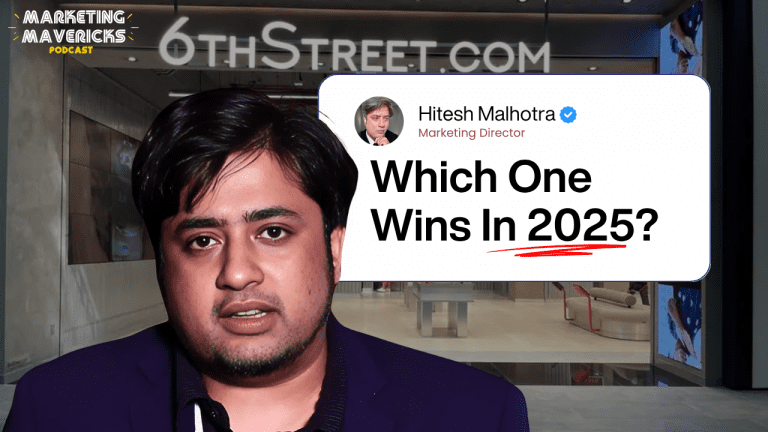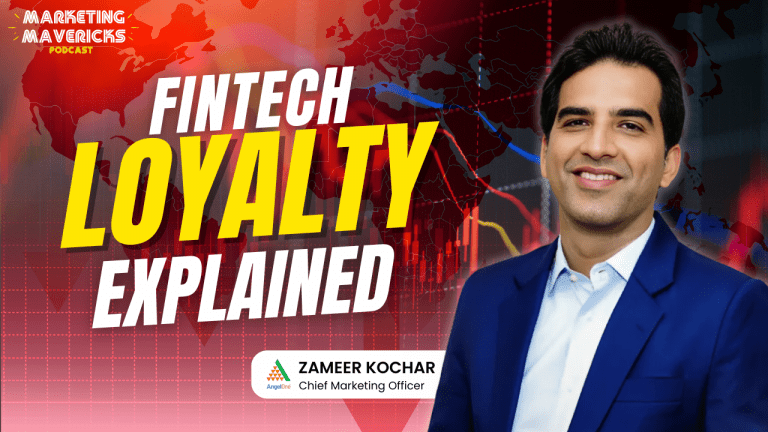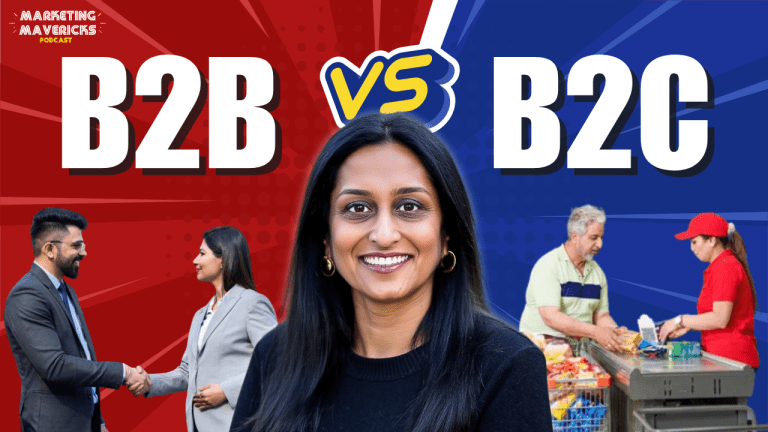By Phalguni Aneja With Harsh Desai
During a recent phone call, seasoned marketer Phalguni Aneja shared candid insights on building brands that endure. Her journey across home solutions, fitness, FMCG, and more has provided her with a unique perspective: while technologies and trends evolve, the art of being the voice of customers remains an evergreen strategy in crafting iconic brands.
Understanding Your Customer Is Non-Negotiable
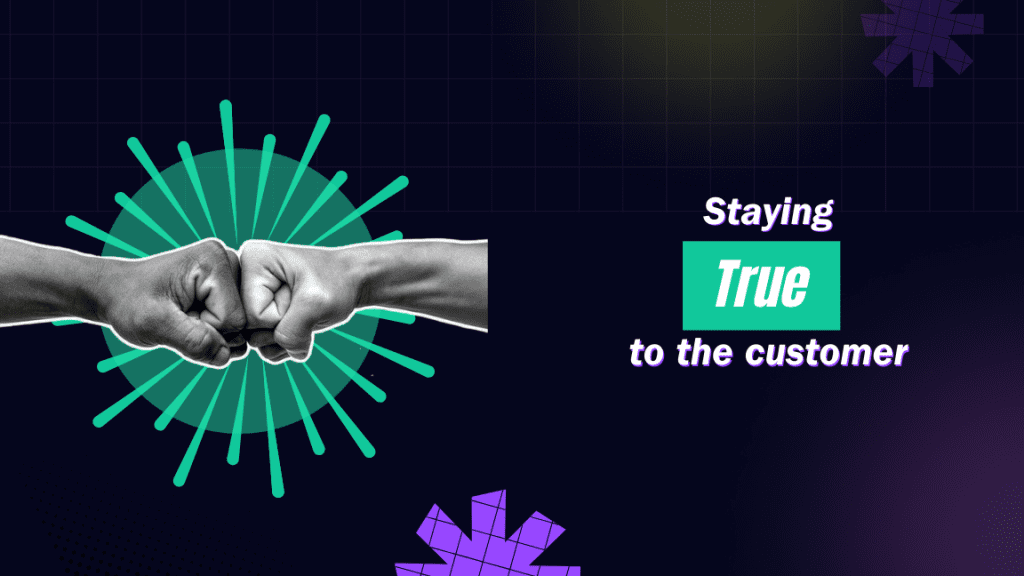
Phalguni’s career has spanned multiple sectors, yet she insists that the fundamentals of marketing don’t change. “It doesn’t matter if you’re talking about a ₹10 snack or a ₹15,000 gym membership, the key is understanding the customer, because that is where you get your insights that will potentially shape the brand,” she explained. According to her, successful brands are built by knowing their audience deeply and identifying their needs and solving their problems in ways that resonate.
This philosophy guided her through varied challenges. Whether developing campaigns for FMCG products or high-end fitness memberships, Phalguni emphasized that every marketing strategy should start with a nuanced understanding of the customer’s world. This means engaging in free-flowing conversations that uncover not only the category specific pain points but also the aspirations and daily joys of the target audience.
Adapting Storytelling Across Categories

When the conversation shifted to storytelling, Phalguni made it clear that while the technique is universal, its application must be tailored to the category at hand. In the world of fitness, for example, storytelling becomes a tool to motivate and encourage—portraying narratives of not just physical transformation but also the fulfilling journey. “In fitness, you’re not not selling a product, you are trying to sensitise people to the category as a pivotal part of their lives – an actual rewarding lifestyle.” she observed.
By contrast, narratives in home solutions or FMCG might lean more towards reliability and comfort, focusing on how a product integrates into the consumer’s everyday life. Yet, despite these variations, the emotional triggers remain similar: the desire for betterment, the need for trust, and the quest for a connection that transcends the product itself.
Tailoring Strategies: A Framework Based on Category and Audience Maturity
A particularly enlightening part of our conversation was when Phalguni detailed a framework that guides her strategic approach one that evaluates both the category’s maturity and the audience’s familiarity with it. According to her, the starting point is a deep conversation with customers that maps out not only their needs but also their understanding of the category itself.
For instance, in emerging or less mature categories, consumers often require more education. The focus here is on creating awareness: framing the problem, introducing the category, and guiding consumers through a detailed research and consideration journey. Conversely, in mature or impulse-driven categories, the dynamics shift. Here, the emphasis is on reinforcing existing perceptions and refining elements like price points, packaging, and convenience.
Phalguni outlined three critical steps in her framework:
- Understanding the Consumer and Category: Initiate free-flowing conversations that reveal how customers perceive the category, their pain points, and their decision-making journey.
- Mapping the Maturity Curve: Identify whether the category is emerging—necessitating extensive consumer education or mature, where the focus should be on differentiation and reinforcing trust.
- Tailoring the Strategy: Adapt the marketing approach based on these insights. This might mean creating educational content for new markets or innovating around product features and brand identity in well-established sectors.
By blending this framework with data-driven insights, Phalguni has successfully identified market white spaces and tailored her strategies to suit both the product category and its target audience. This nuanced approach allows brands to communicate more effectively and build deeper, lasting connections with consumers.
Blending Data with Authentic Conversations

In today’s data-driven landscape, it’s tempting for marketers to lean heavily on analytics. However, Phalguni advocates for a balanced approach. “Data might inform your product strategy, but it’s the consumer conversation that validates your hypotheses,” she noted. For her, mapping the category landscape is only half the battle. The other half lies in engaging with customers directly to understand their lifestyles, struggles, and joys insights that no spreadsheet can fully capture.
By integrating quantitative data with qualitative insights, Phalguni has been able to identify market white spaces and craft messages that not only inform but also inspire. This dual approach ensures that the strategies she develops are both robust and resonant, fostering genuine connections that drive long-term loyalty.
Building Loyalty in a Fragmented Landscape
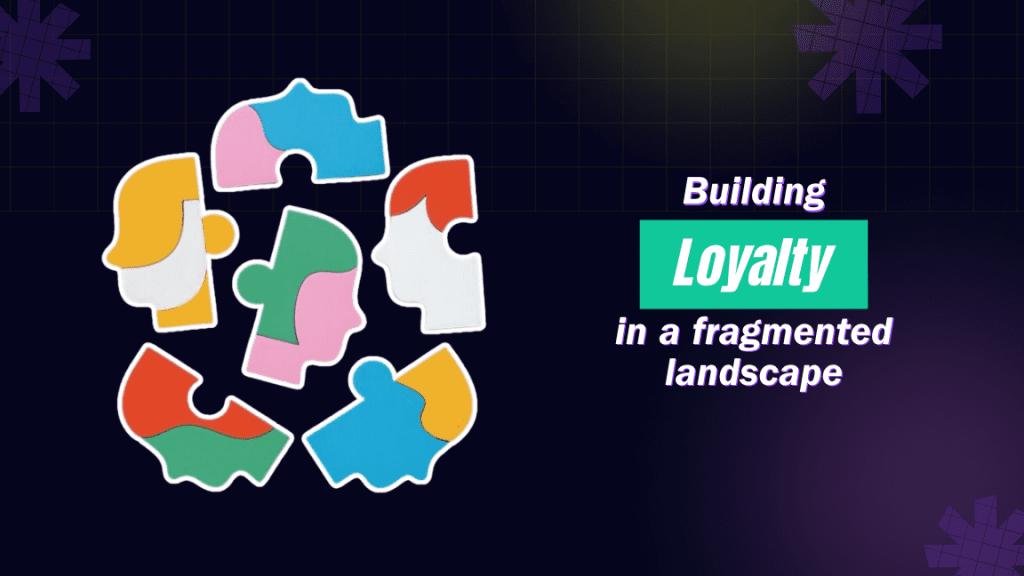
Perhaps one of the most striking parts of our phone conversation was when Phalguni addressed the challenge of creating iconic brands in an era where virality is fleeting. “What’s viral today might be forgotten tomorrow,” she explained. In a world where public memories are increasingly short-lived, the true mark of an iconic brand lies in its consistent engagement and community building.
Phalguni envisions a future where brands are less reliant on fleeting celebrity endorsements and more focused on authentic content and offline experiences. She pointed out that despite the allure of massive media buys and high-budget campaigns, the brands that endure are those that continuously reinforce their identity through consistent memory structures and genuine customer engagement.
A Path Forward

As our conversation drew to a close, Phalguni’s parting insights left a lasting impression. Iconic branding, she believes, isn’t about chasing trends or fleeting moments of virality it’s about building a legacy of trust and authenticity over time. Whether it’s through thoughtfully crafted storytelling or the deliberate fusion of data and human connection, her approach serves as a blueprint for marketers aiming to create brands that truly stand the test of time.
Reflecting on her journey, it becomes clear that the future of marketing lies in evolving with the changes in storytelling and media landscape to be relevant, but keeping the fundamentals of brand authenticity & consumer centricity close to heart.
If you’re interested in more conversations with top marketers and brand leaders, check out our podcast blog here: Listen to the podcast

